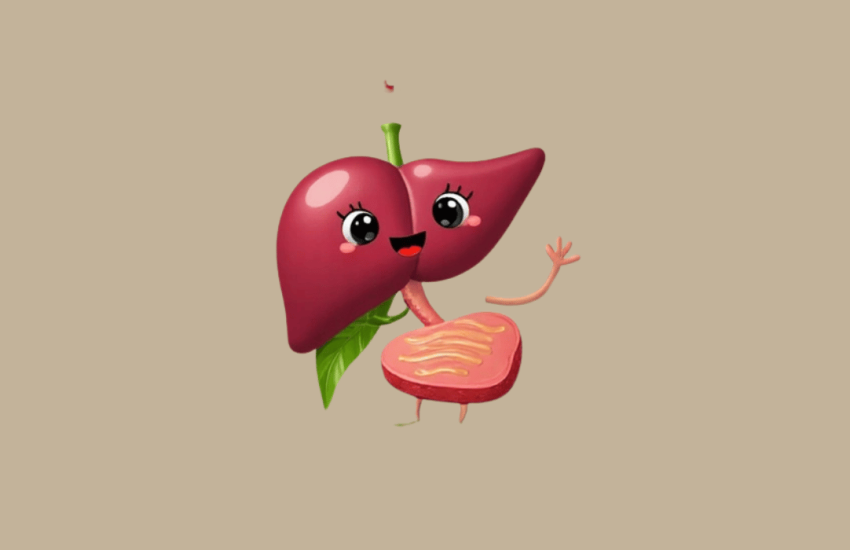Vitamin D Deficiency: Causes, Symptoms, and Solutions
Understanding Vitamin D Deficiency
Vitamin D plays a vital role in the human body, acting as both a nutrient and a hormone. It supports bone strength, boosts immunity, and promotes overall health. However, many people unknowingly suffer from low levels of vitamin D, which can affect their daily lives and long-term well-being.
Why Does Vitamin D Deficiency Happen?
A deficiency in vitamin D can occur for several reasons:
- Insufficient Sun Exposure: Spending too much time indoors or living in areas with limited sunlight.
- Skin Type: Darker skin contains more melanin, which reduces the skin’s ability to produce vitamin D.
- Age: The body produces less vitamin D as we age.
- Weight Issues: Excess fat in the body can trap vitamin D, making it less available for use.
- Dietary Gaps: Not consuming enough foods that naturally contain or are fortified with vitamin D.
- Sunscreen Use: While sunscreen protects against UV damage, it also blocks the rays needed to make vitamin D.
Signs You May Have Vitamin D Deficiency
Low levels of vitamin D can manifest through a variety of symptoms, including:
- Constant Fatigue: Feeling tired without a clear reason.
- Bone Pain or Weakness: Especially in areas like the back, legs, or hips.
- Frequent Illness: A weakened immune system can lead to recurring infections.
- Mood Changes: Low vitamin D has been linked to feelings of sadness or depression.
- Hair Thinning: Severe or unusual hair loss may be a sign of deficiency.
- Slow Healing: Wounds that take longer than usual to heal.
- Muscle Soreness: Pain in muscles without an apparent cause.
- Brittle Bones: Weak bone structure or an increased risk of fractures.
- Breathing Difficulties: Worsened asthma or respiratory infections.
- Inflammation: Pain or swelling in the joints.
Best Sources of Vitamin D
To naturally boost your vitamin D levels, consider:
- Fatty Fish: Like salmon, tuna, and mackerel.
- Egg Yolks: A simple and natural source.
- Fortified Foods: Such as milk, cereals, and orange juice.
- Liver: A nutrient-dense option, although not everyone enjoys its taste.
- Cheese and Butter: Contain smaller amounts of vitamin D.
How to Increase Your Vitamin D Levels
Here are some practical ways to address a deficiency:
- Get Some Sun: Spend 15–30 minutes in the sun daily, especially during morning or late afternoon hours to avoid harmful UV rays.
- Consider Supplements: Vitamin D3 is widely available and effective.
- Adjust Your Diet: Focus on foods rich in vitamin D or fortified options.
- Seek Medical Advice: A healthcare provider can recommend the right dose for supplements or suggest other treatments.
Final Thoughts
Vitamin D deficiency is common but manageable. Early recognition of symptoms and timely action can prevent long-term complications. A healthy mix of sun exposure, a balanced diet, and supplements can help you maintain optimal vitamin D levels.
Always consult with a healthcare professional before starting supplements to ensure they are safe and appropriate for your individual needs.


